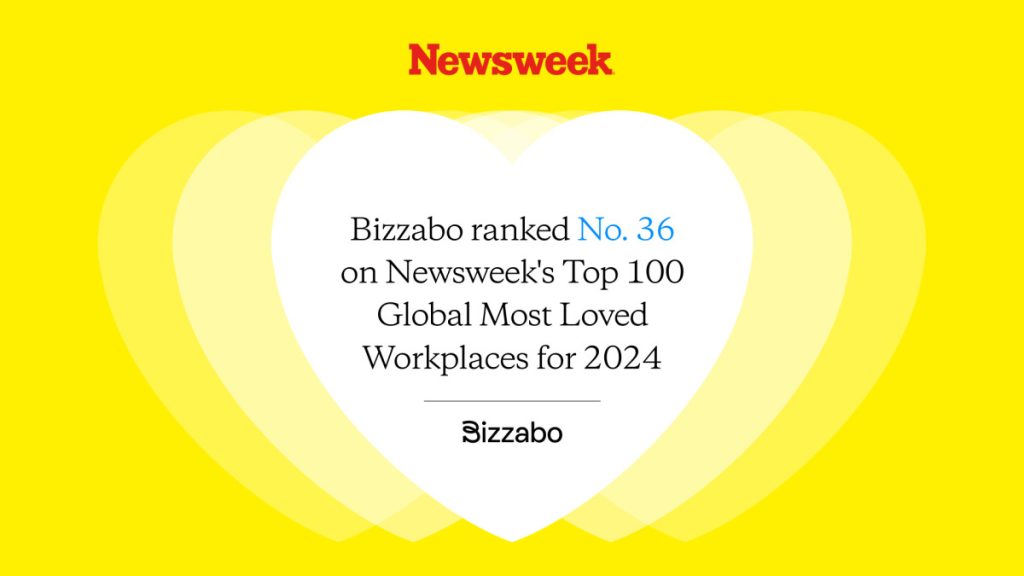How to Create an Event Brief (with Template)


It’s no secret that an event brief saves you time, energy, money, and resources, making you more confident about the planning and execution of your event. Crafting an event brief with precision will transform your event into a mesmerizing success, inspiring and captivating your attendees.
However, making a fresh event planning brief for every event can take time and effort. How about having a solution that eliminates the need to reinvent the wheel for every new event? An event brief template will come to your rescue!
Using an event brief template lets you breeze through important considerations and streamline your planning process. It also helps you establish a standardized process that can be replicated for future events, making your work faster and more efficient.
If you want to scale your event strategy and make evergreen event brief templates to achieve repeatable success, this blog article is for you.
What is an event brief?
An event brief is a comprehensive document that contains all the key elements of an event, such as event goals, target audience, budget considerations, venue selection, and marketing strategies.
It is a blueprint that ensures a well-structured approach for your event, allowing every contributing member to stay on the same page without confusion.
What is the purpose of an event brief template?
A well-designed event overview template is a valuable resource, enabling you to scale your event strategy effortlessly. With a template in place, you can focus on customizing specific details while adhering to a proven structure.
4 Steps for Creating an Event Brief
Learning how to create an event creative brief is simple. Before you begin, decide on the event brief format. You could use Google Sheets and create a separate tab for each section or a slide deck with a separate slide for each section; it’s up to you! Now, let’s walk through the four steps for creating an event brief.
Step 1: Conduct Initial Event Research
Start your event briefing by conducting initial research about your event. Gather relevant information, understand the event landscape, explore similar events, study their successes and challenges, and examine various aspects such as venue options, potential sponsors, and vendors.
Step 2: Define Event Objectives and Goals
You have a purpose or a goal you want to achieve with this event. This is precisely what the next step is: Identify your event goals. Ask yourself: Are you looking to raise brand awareness, generate leads, promote networking opportunities, or provide educational content?
Defining these objectives will help you align your event with the desired outcomes. Setting specific, measurable, achievable, and relevant goals to track progress and evaluate the event’s success is essential.
Step 3: Identify Target Audience and Event Theme
Dedicate some time to understanding your target audience. Identify the attendees’ demographics, interests, and preferences you wish to attract. This knowledge will allow you to tailor the event experience to meet your target audience’s expectations effectively.
Select an appropriate event theme that resonates with your potential attendees to create a cohesive and memorable experience.
Step 4: Establish Event Budget and Timeline
To avoid breaking the bank, keep your event budget under consideration. Allocate your resources effectively by considering costs such as venue rental, catering, marketing, audiovisual equipment, staffing, and any additional logistics specific to the event.
Then, structure your timeline to secure the venue, book vendors, finalize the event program, launch marketing campaigns, and take care of other critical activities.

7 Sections To Include in Your Event Brief Template
Let’s have a look at each component of an event brief to give you a better idea about the structure and content it should have.
1. Event Overview
The first section of the event creative brief template provides a general overview of the event, including the event name, date, and location. It should also include a concise description of the event’s purpose, the key stakeholders involved, and their respective roles. Here’s an event brief example that demonstrates the overview:
- Event Name: Annual Marketing Conference
- Date: March 15-17, 2024
- Location: Albuquerque Convention Center, New Mexico
- Event Description: A three-day marketing conference to bring together marketing professionals from various industries to share best practices and discuss emerging trends. ACME Corp. organizes this conference in collaboration with industry experts, aiming to facilitate networking, knowledge sharing, and professional development.
2. Event Objectives and Goals
This section describes the specific objectives of your event. Make sure to have clear and measurable objectives and success metrics. Here are some examples of how you can define your goals:
- Facilitate networking opportunities for attendees, fostering collaboration and partnerships.
- Provide educational sessions and workshops to enhance attendees’ marketing skills and knowledge.
- Showcase innovative marketing technologies and solutions.
- Increase brand awareness and recognition for XYZ Company.
3. Target Audience
Your audience is the beating heart of your event. Highlight their demographics, such as age, gender, professional background, and any other relevant information in your event briefing.
Also, consider their preferences and interests to ensure the event content and activities align with their expectations. Here are some examples of a target audience:
- Industries: Fintech, finance, blockchain
- Job/title: Financial professionals, startups and entrepreneurs, regulators and policymakers, investors/venture capitalists, academics, execs, media
- Ages: 30-55
- Location: UK and EU
4. Event Theme and Concept
This section explains the overall theme chosen for the event and its reasoning. Besides covering the visual and experiential elements, it encompasses how the event will be designed to create a cohesive and engaging experience.
This section may also mention specific event activations or interactive experiences planned for the attendees. Here’s an example of a theme:
- Theme: Marketing 360: Exploring New Frontiers
- Rationale: The theme highlights the ever-evolving nature of marketing and the need for marketers to explore new strategies, technologies, and trends to stay ahead. To enhance the attendee experience, futuristic and interactive elements will be incorporated, including augmented reality exhibits, virtual reality workshops, and AI-powered chatbots.
5. Event Logistics
This section is vital to in-person and hybrid events planning because it details the event’s logistics. It involves selecting a venue, managing travel and accommodation arrangements for attendees and speakers, and meeting technical requirements such as audio, visual, and lighting.
Here’s how you can enter logistic details in your event briefing document template:
- Venue: City Convention Center, Hall A
- Layout: The main hall will accommodate the plenary sessions, while adjacent rooms will host breakout sessions and workshops.
- Travel and accommodation: Attendees and speakers will be responsible for their travel and accommodation arrangements. A list of recommended hotels near the venue will be provided.
- Technical requirements: High-definition projectors, intelligent lighting setups, and state-of-the-art audio systems
- Roles and responsibilities: A project manager, event coordinator, technical support personnel, and volunteers will ensure smooth event operations.
6. Marketing and Promotion
A great marketing plan is the crux of a successful event. In this section, you can add pointers about the marketing strategies and promotion tactics to promote the event effectively. Here are some ideas for the marketing section in your event brief template:
Branding and Messaging
- Tagline: “Ignite Your Creativity”
- Logo: A dynamic flame symbolizing innovation and inspiration
- Visual style: Vibrant colors, modern typography, and clean design reflect a forward-thinking atmosphere.
Marketing Channels
- Social media: Engage with the audience through Facebook, Twitter, and LinkedIn, sharing event updates, speaker highlights, and engaging content.
- Email marketing: Send targeted campaigns to registered and potential participants, providing event details and exclusive offers.
Key Marketing Materials
- Event website or landing page: A user-friendly and informative website with event details, registration forms, speaker profiles, and agenda
- Invitations: Professionally designed digital and print invitations showcasing the event’s branding and essential details
- Banners: Eye-catching banners for display at partner organizations, industry conferences, and local establishments
- Promotional videos: Short videos featuring event highlights, testimonials, and behind-the-scenes footage to generate excitement
7. Event Budget and Timeline
This section specifies the event budget and timeline, which are crucial for the triumph of your event. Here are some event budget considerations alongside timeline considerations:
Estimated Budget Breakdown
- Venue rental: $X
- Speaker fees: $X
- Marketing and promotion: $X
- Catering and refreshments: $X
- Technical equipment rental: $X
- Miscellaneous expenses: $X
Milestones and Deadlines
- Event registration opens: XX/XX/2024
- Early bird registration deadline: XX/XX/2024
- Speaker confirmation deadline: XX/XX/2024
- Finalize marketing materials: XX/XX/2024
- Event setup and rehearsals: XX/XX/2024
- Event day: XX/XX/2024

Download Our Free Event Brief Template
Need some help getting started on your event brief? Download our free event brief template and achieve alignment across your entire team quickly! Here’s a preview of the template:
Build a Better Event Brief To Achieve Event Success
Using the provided event brief template, you can streamline your planning process and ensure all essential elements are considered. To further support your event planning endeavors, we invite you to download any of our comprehensive event production kits:
- The In-person Event Production Kit
- The Virtual Event Production Kit
- The Hybrid Event Production Kit
- The Webinar Production Kit


